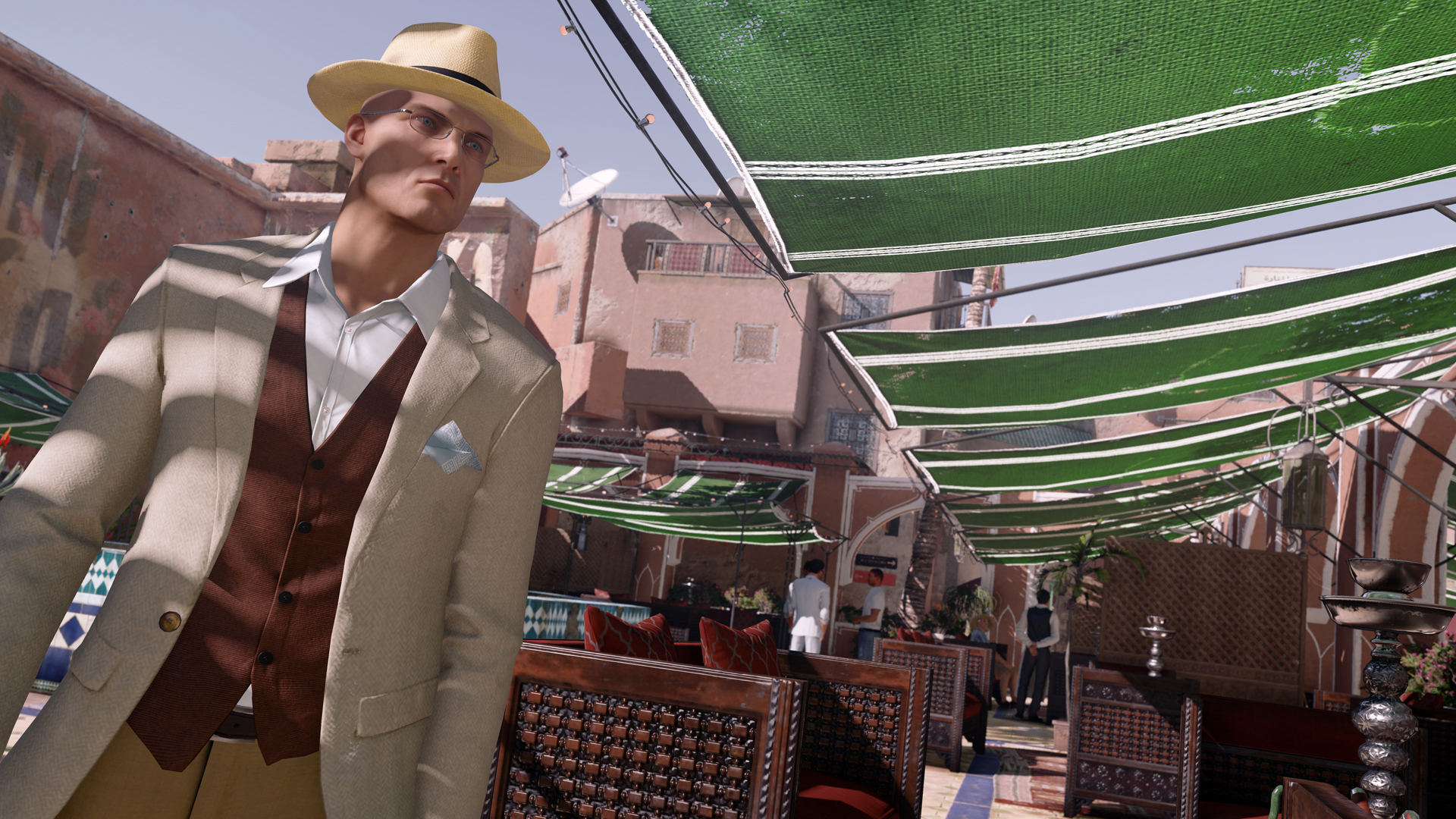12DOVE Verdict
Hitman's Marrakech level is a vibrant, righteous continuation of an excellent format
Pros
- +
Hugely replayable levels
- +
Beautifully designed stealth mechanics
- +
It looks gorgeous
- +
Pretty much peak Hitman
Cons
- -
You can be booted mid-game if connection drops
- -
You will want to play it all not one level a month
Why you can trust 12DOVE
Marrakech is different from previous Hitman levels. Normally, the temptation to start a review with an anecdote is irresistible - a deadly vol-au-vent here, a plummeting speaker there - but that’s almost too flippant. Marrakech is a damaged city on the precipice of collapse, and as Agent 47 your job is to remove the people exploiting that situation, sometimes by kicking toilets onto their horrid, authoritarian heads.
Like the first two levels it’s still daft, inventive, gamey fun, but you have a more legitimate reason to bump off the bad guys. Your targets are a corrupt Swedish businessman, Claus Strandberg, responsible for embezzling billions from the Moroccan people, and Reza Zaydan, a general manipulating civil unrest to his own advantage. As if you needed further motivation, you’re shown exactly why these people have to die; not just in the obvious stuff, such as angry protests outside the Swedish embassy, or horrendous civil rights violations, but also in the details. People crowd around television screens, silently worrying about the tenebrous political situation, while others try to ignore it, carrying on their daily business exactly as they would in real life. It’s a bright, varied, reactive playground, which feels like it existed before Agent 47’s murderous incursion, and will continue to exist once he’s popped off to garrotte his next victim.

It’s probably my favourite setting so far. In Paris you rub toned shoulders with the rich and famous, whereas Sapienza is comparatively sparse, with NPCs sprinkled like walnuts across a tempting Italian sprawl. Marrakech is a blend of both. The crammed marketplace is the best example yet of just how busy Io can make a Hitman level. It’s a great environment, fizzing with colour and bustle, and you can’t help but blend in and breathe the imaginary spices. By contrast, the Swedish embassy is a cool, sterile challenge, where you constantly feel under scrutiny.
This difference isn’t just cosmetic. Both areas challenge you in distinct ways. It’s harder to dispose of people in the crowded streets because hundreds of eyes are on you - I followed one potential victim for a good five minutes before the right opportunity to steal his clothes presented itself - but in the embassy, you stand out because every single person has a purpose. These contrasting approaches are in every Hitman level so far, but the clean divide makes Marrakech feel unusually generous. It’s also the most difficult level yet, and the increased time spent planning means every hit feels momentous. It’s going to be agony when the elusive target appears.

Most importantly, the hits themselves are still great. The general’s forces are holed up in an abandoned school, repurposed as a makeshift publisher of incendiary propaganda leaflets. Once you’re inside, the choice is overwhelming. My favourite option involved a school PA system, some chatty guards, a hole in the ceiling and a toilet cistern. I realise that sounds more like the synopsis of a saucy British stage farce than a recipe for slaughter, and appropriately enough, it all went wrong despite meticulous planning. It’s a useful summary of what makes Hitman so good. The joy doesn’t just come from planning the perfect hit, but the emergent, unsubtle ways of solving problems when it all inevitably goes wrong.
Perhaps the most impressive thing about Hitman is how different each level feels, a trick that becomes more impactful each time Io repeats it. Marrakesh feels fresh because it’s a tense, consequential setting, but it still offers the same fleeting opportunities for slapstick murder and creative assassination. It’s a dynamic shift after Sapienza’s jaunty holiday resort of sex-hungry masseuses and Bond-villain bunkers, but a very refreshing one. I’d still rather go on holiday to Sapienza, but Marrakech's villains are uniquely thrilling to murder.
Matt Elliott

EPISODE 2 REVIEW: If you thought Hitman’s first Paris location was big (see below for that review) then episode 2’s Sapienza is going to be quite the surprise. It lacks the hefty bulk of that first mission’s blocky palace which concentrated its many paths into a dense package, and instead, here, replaces it with the sprawl of a sunny coastal Italian town.
There’s something about this idyllic scene that feels different to anything Hitman’s tried before. It’s done public places but often with a gimmick - a roaring street party for example. But this? It’s just a little holiday town and there’s a wonderfully unassuming depth as you look into shops or the local barbers; wander through cafes or pop down to the beach to watch street performers (somehow I will kill wearing that mime’s outfit).
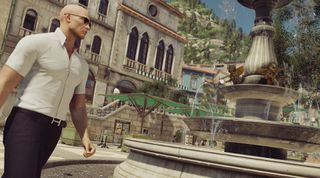
As a world, it’s lovely and understated which somehow makes all the little clues you uncover feel so much more rewarding. Your mission - a villa containing two scientists that need to be made not alive - is sat there right in front of you at the level’s opening, but it’s best to wander off and see what you can find before you try the front gate. Is that a new member of kitchen staff over there about to report for his first day at work? What about that private detective they mentioned in the barbers who’s due to meet with a target? And where was that florist’s van going before it had that fender bender.
Just exploring these little sleepy streets feels like a world in itself but there are people to kill and that villa isn’t going to infiltrate itself. In many ways the holiday town preamble feels like a vacation in itself - a place to have fun with the idea of being a professional assassin without too much pressure to actually kill. Even seeing 47 wander about in a summer shirt and sunglasses feels exciting - you’ve seen films like this. Now you’re playing one.
Get inside the villa though and it’s time to work. The building is modest compared to Paris but still full of winding corridors and a few wings to explore and mine for opportunities. This builds on the established toolkit of sinks to block and rat poison on with more environmental distractions like scooters to tamper and other ways to disrupt guard patrols or sneak past overly observant house staff. There are more unique things to play with as well like plague doctor costumes and an observatory as you research and scout for kitchen knives and keys.

The two targets, bioterrorist scientists Silvio Caruso Francesca De Santis, aren’t that hard to reach individually but you’re also tasked with destroying their DNA-targeting virus in a really tricky underground lab (which is a brilliantly Bond-style mountain base job). This third level of challenge adds a whole new layer of difficulty and it’s hugely rewarding as a result. The three tiers mean you’re much more committed to your plan of attack. Sure you can load and reload to your heart's content, but having to get through all objectives means you’re more likely to roll with the blows and think ahead more about risks - there’s no fudging a hit and legging it to the exit here.
As a follow up to the already impressive Paris this is a great progression. That first level showed what the game could do with a grunting scale. Sapienza, on the other hand, demonstrates a subtle ambience. The placid setting with milling tourists and locals really invigorates Hitman’s well testing mechanics while the later villa stages really test them and I've barely dipped into the challenges and side mission like additional contracts. More please.
Leon Hurley
EPISODE 1 REVIEW: It took me about 15 minutes to finish Hitman’s main Paris level. Okay, let me just back up there a second. It took about five hours to perfect that slightly scrappy speedrun. Five hours of poking around, exploring and discovering before finding one possible route through a busy high class fashion show.
Even now, about eight hours in, I’m still finding new things, previously unrevealed options, entire areas I didn’t know about and racking up more and more ways to be the perfect assassin: to kill with stealth, style, violence. And, occasionally, a well-thrown wrench. Just because you’re a pay-as-you-go murderer doesn’t mean you can’t have a little fun every now and then.
Hitman’s episodic structure might only contain one initial level (as well as two not insubstantial prologues) but it’s a perfectly crafted mechanism - full of patterns to find and exploit, and opportunities to create and abuse. For a single playable space, Paris is a many-layered spectacle to unravel, and a chunky piece of game to play with. A huge glitzy party in a palace packed with rich guests, staff and security. It looks fantastic as well, lush and detailed to the point where ‘just looking at stuff’ is a legitimate in-game activity. Even if I stopped playing now, I’d have got my money’s worth, but there's still so much to do.
You see, killing a target isn’t just a case of finding them and shooting them - although it’s an option if you’re heathen - no, in the world of Hitman, murder should be done with style and planning. You’re not just there to kill someone, you’re there to make sure all the ones you let live think ‘Holy shit, that guy’s good’. Closely followed by, ‘I should rethink all my life choices up until this point’.
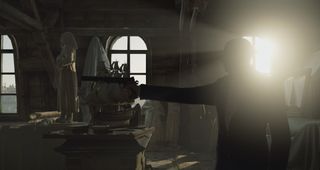
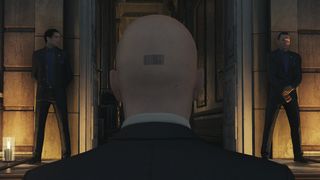
Hitman’s episodic structure isn’t the easiest to grasp so here’s how it all works. Paris is episode one of seven, with Italy, Marrakesh, Thailand, America, Japan and a secret finale all following at monthly intervals. The Intro Pack includes the prologue tutorials and Paris for $14.99 / £11.99, with new locations available separately for $9.99 / £7.99. Or you can buy the Full Experience to get everything as it’s released for $59.99 / £44.99. There will also be a complete version of the game released on disc at the end of the year, but minus the online challenges and extras.
It’s all about the setup. Do you find a lone guard, throttle them and use their uniform as a disguise to reach restricted areas? Can you cause a distraction and make your move in the chaos? Does that chandelier look like it might tragically fall on someone? Will those scissors come in handy later? (Pro-tip: Yes. Yes they will.)
There are a multitude of difficulty options to tailor depending on the kind of challenge you prefer, with the top level involving almost no onscreen tips or guidance. Playing blindfold is the only step up from that. However, on default the game guides you with a magic X-ray ‘Instinct’ and a new Opportunities system. This highlights useful… er, opportunities should they arise, laying out a breadcrumb trail to your target, built from overheard conversations and observed activities. It’s a lovely way of getting started and learning what’s possible in an initially overwhelmingly dense and impenetrable noise.
Despite the overtly murdery overtones no other game so perfectly captures the feeling of a Bond or Bourne type of character. The genetically-bred Agent 47 is trained to perfection and there are few gaming highs better than double tapping Johnny Security unseen, stashing the body, and walking calmly and unnoticed past the guards sprinting to investigate. Killing targets completes the level but the real reward comes from mastering the possibilities and honing your skills to do the character justice. Early playthroughs end in blood and screaming. So much screaming. But with practice you can glide in and out without anyone, even the targets, knowing what happened.

This is due in part just how beautifully it’s all crafted. As well as looking spectacular, systems and mechanics are tuned till they sing. The AI, usually the series’ most twitchy aspect, is almost faultless here. The new trespass system, judging where you’re meant to be, and/or if you’re wearing the right outfit, lets you slide silently through levels if you get it right. Take a few steps into the wrong place though and you’ll actually be asked to leave and escorted out before anything hits a fan. Really mess it up and guards search in realistic patterns, spreading out from the scene of the crime before radioing around to expand the circle.
The results of this can be amazing. After a botched murder involving a thrown knife at a buffet table, a swift dodge around a corner saw me escape pursuit. A few moments later, walking unnoticed through a different part of the party, I passed a guard just as he recited my outfit into a walkie talkie. Almost instinctively I punched him full in the face, stuffed the body in a crate, and walked off in his jacket, leaving everyone else chasing down ‘some guy in a suit’.
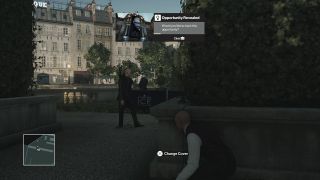
There’s a clear and understandable vocabulary of tools aside from the guns and explosives here. Wrenches and crowbars can be used as thrown weapons, as well as to tamper with fittings and valves. Flipped coins send guards obediently into corners, while rat poison can taint drinks and send people puking alone to the toilet. (Although, if I’m honest that last one feels a little OP currently as it’s so guaranteed to work.)
At this point I haven’t even mentioned the extra stuff - menus full of challenges that unlock new equipment, the ability to stash things in the level for later retrieval, or even start somewhere already undercover - in the kitchen as a chef, for instance. There are also Contracts - user made kills set up by players taking out any NPC and challenging you to match it - and Elusive Targets - victims that only appear for a limited time and can only be killed once.

It has a few issues, like weirdly unpredictable frame rates. It actually speeds up in places, although there is the option to lock it down. It’s connected nature is also a little confusing. You can play it either on or offline but the two don’t join up, and I was kicked out of a playthrough once because my internet went down.
As a debut for an episodic series it’s a confident and enjoyable start that bodes well for the subsequent levels (one a month for the next six months). I’ve played an early version of episode two which takes place in the fictional Italian setting of Sapienza, and that’s huge. An entire idyllic sunny mediterranean town to play with. Episode three jumps to Marrakech which is a city on the brink of war. If Paris’ palatial setting feels weighty and satisfying already, things can only get better.
Leon Hurley
This game was reviewed on PS4.

I'm GamesRadar's Managing Editor for guides, which means I run GamesRadar's guides and tips content. I also write reviews, previews and features, largely about horror, action adventure, FPS and open world games. I previously worked on Kotaku, and the Official PlayStation Magazine and website.
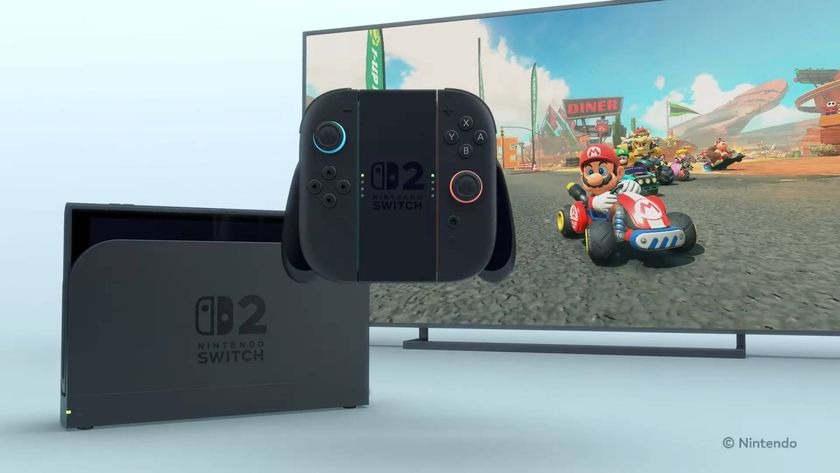
Nintendo Switch 2 exclusives are still "very important" despite ongoing support for Switch 1, company president says
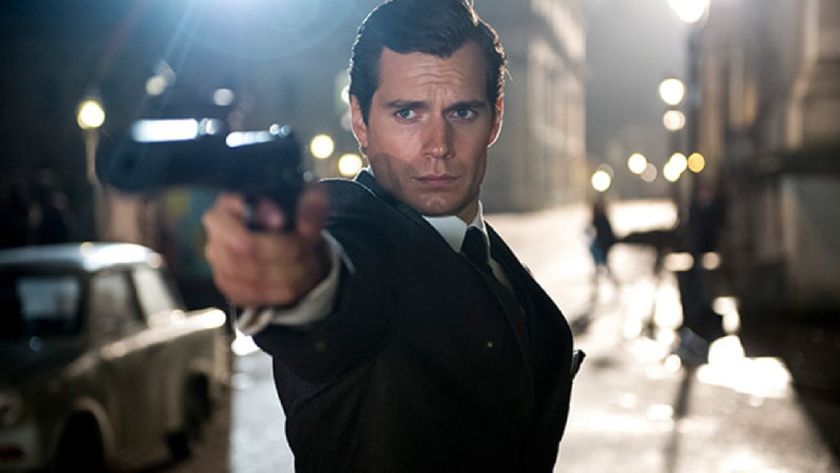
20 years later, Henry Cavill's James Bond audition that the director called "tremendous" has been leaked online
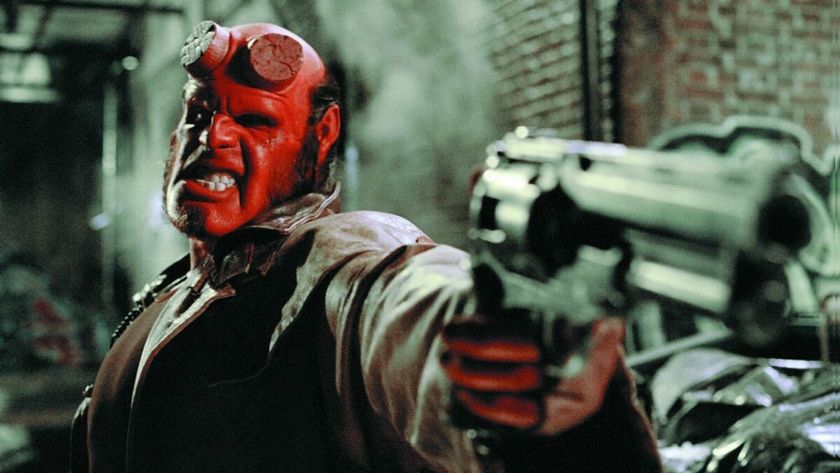
Original Hellboy actor Ron Perlman "had an opportunity" to reprise the role, but refused to do it without Guillermo del Toro involved
